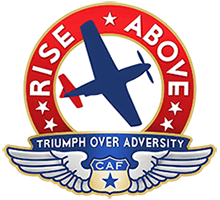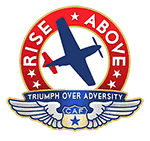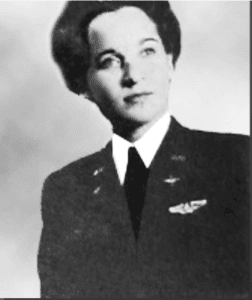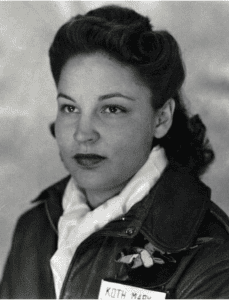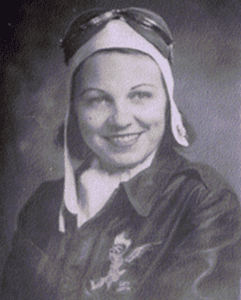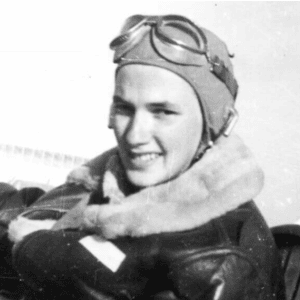When I was at AirVenture Oshkosh, I had the pleasure of accompanying Tuskegee Airman USAF Col. (ret) Charles E. McGee to the Ford Hangar (really a huge tent…) one afternoon so he could do a “meet-and-greet” and sign autographs (see last week’s blog).. This hour-long event was sponsored by automaker Ford/Lincoln.
I hung around for the hour that Col. McGee was there in case I needed to run back to the CAF Red Tail Squadron’s RISE ABOVE Traveling Exhibit for supplies, etc. so I had time to look at the Lincoln Legends and Heroes graphics hanging on the front of the Hangar. It was a dual timeline of sorts – a series of pictures touting the high points of aviation by year on top and high points of Lincoln automotive design and features on the bottom. This picture will give you an idea of what it looked like:
All of the pictures chosen for the dual timeline were interesting, but my eyes were immediately drawn to one in particular – that of the NA-73X, the P-51 Mustang’s prototype. In 1940, North American Aviation (NAA) approached the British with the idea for a new fighter that would replace the P-40. They promised a flying prototype in just 120 days (and they made it!). The design of the new airplane, known as the NA-73X, had a number of innovations. Three that would directly affect performance were:
- The wing was a low drag laminar airfoil which meant that the thickest part of the wing, which is usually about 20-25% back from the leading edge, is moved back to about 50 %. Also, the wing top and bottom are mirror images.
- The radiator was housed under the fuselage and had its own intake scoop.
- The landing gear was set wide under the wings and folded inward.
Considering the design and testing of this new airplane was done by hand (the design) and with heart (the flight tests must have been white knuckle to start – recall the new wing design and placement of the radiator), the airplane was quickly deemed to be a success.
The British placed an order for 320 of the new fighters, now known as “Mustangs,” and the rest is history.
The CAF Red Tail Squadron is a volunteer-driven 501c3 non-profit organization that operates under the auspices of the Commemorative Air Force. For more information, please visit redtail.org.
